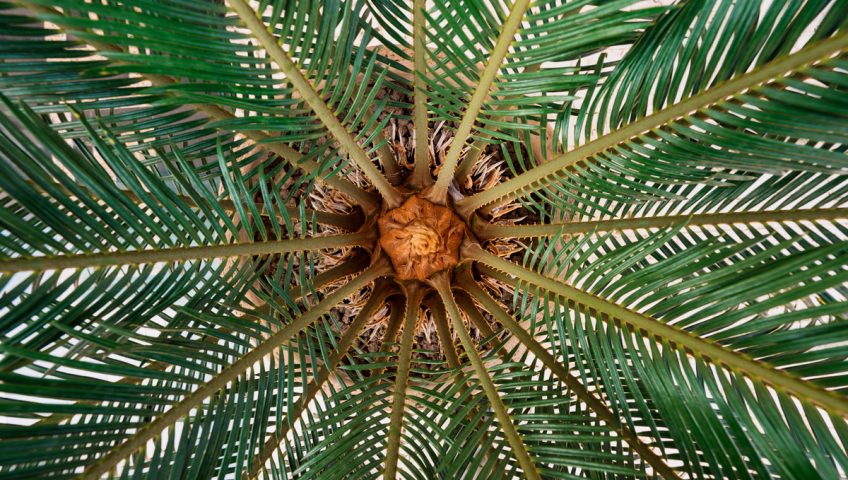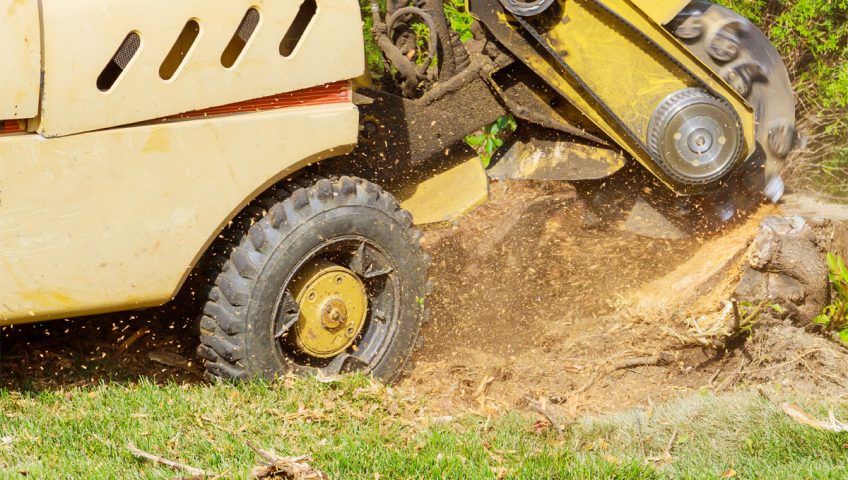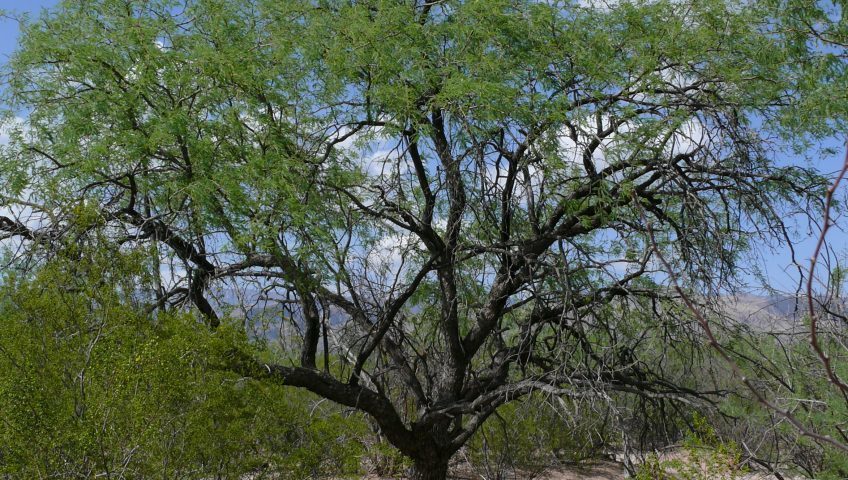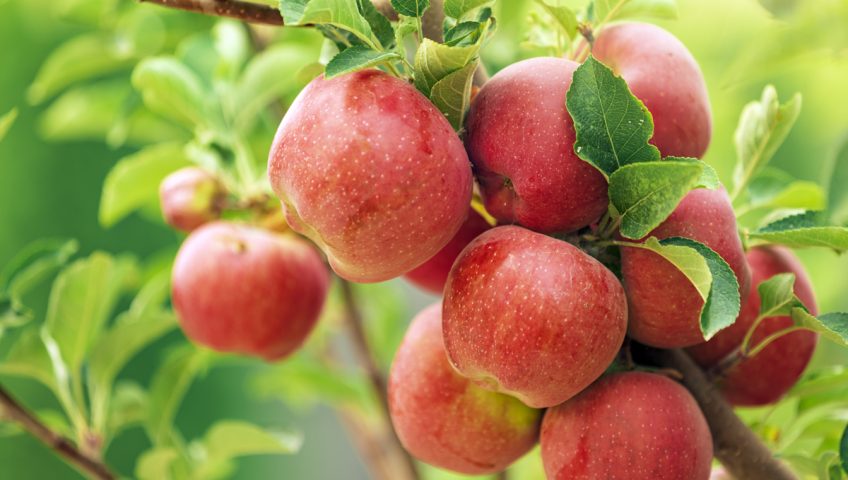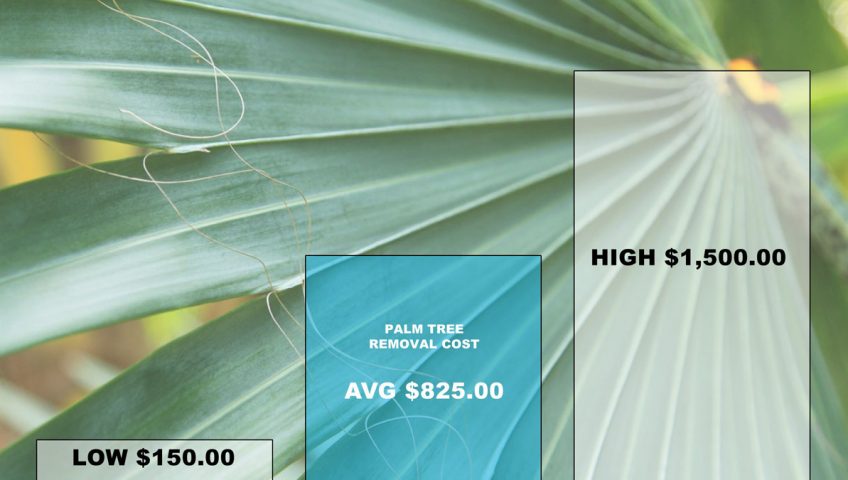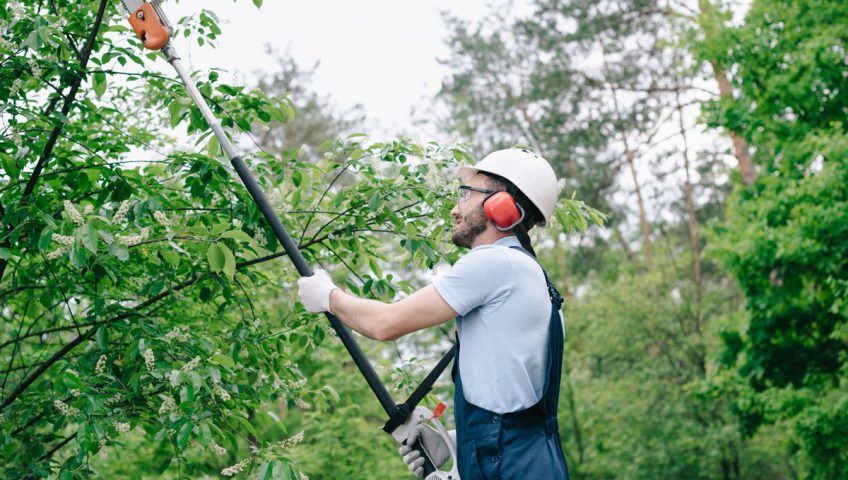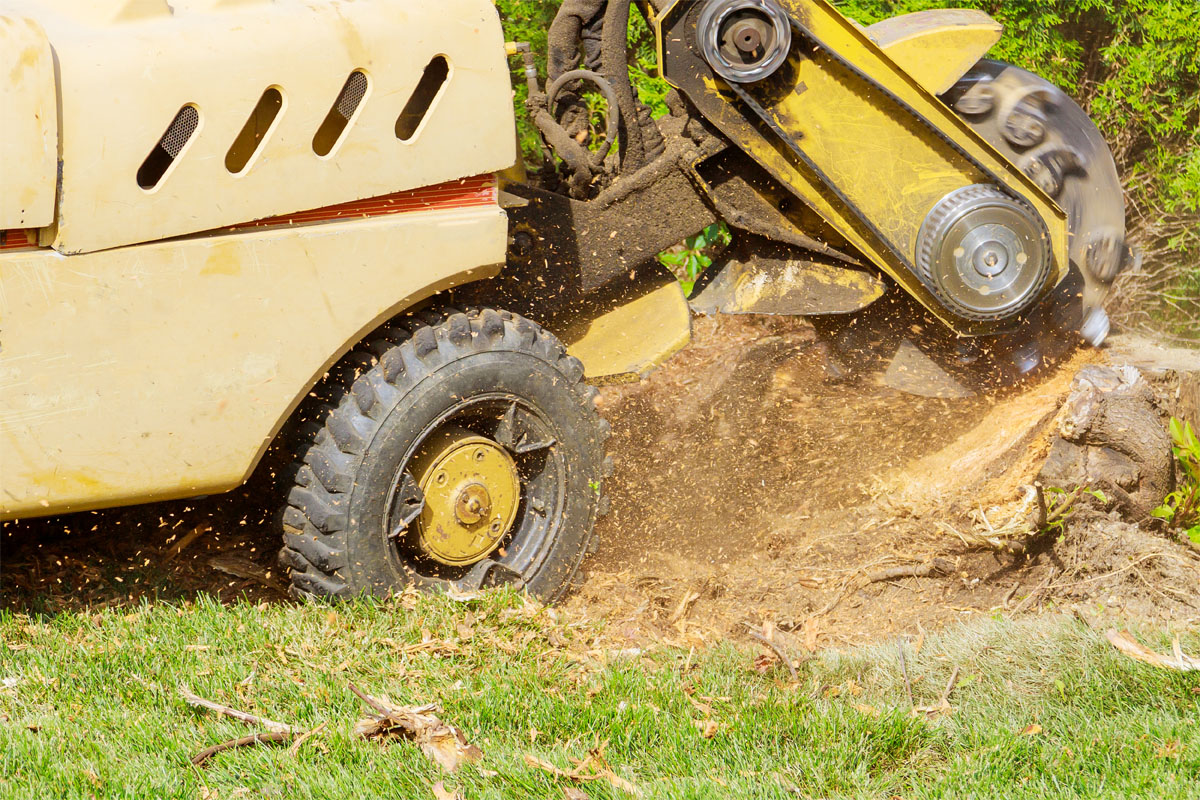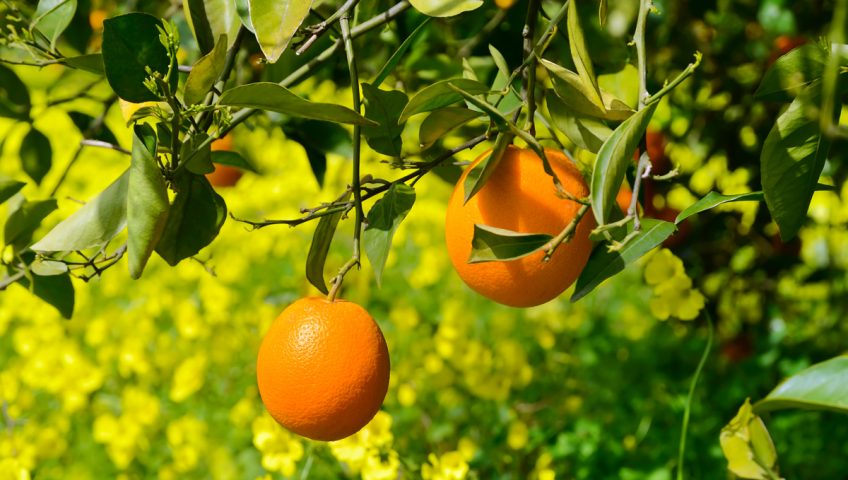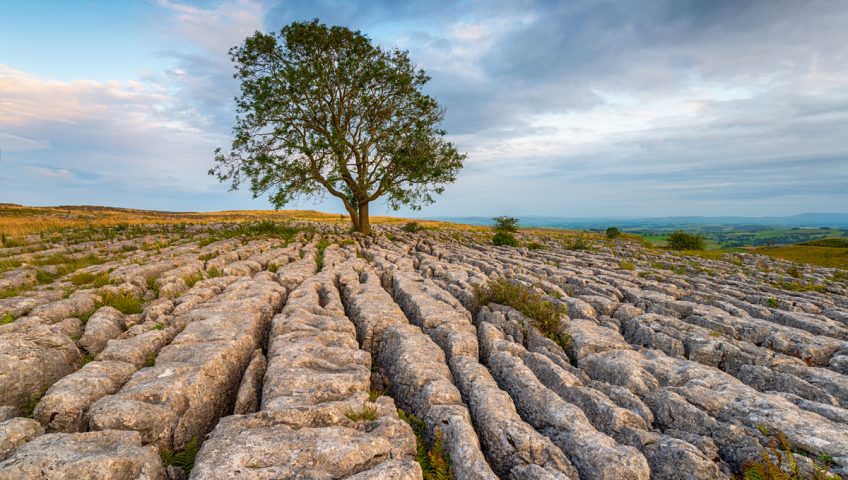The cost of trimming a mesquite tree varies depending on a number of factors, including the size and type of tree, the amount of work required, and the location of the tree. On average, however, you can expect to pay between $100 and $700 to have a mesquite tree trimmed by a professional.
Here is a breakdown of the average mesquite tree trimming costs by tree size:
- Small tree: $100-$240
- Medium tree: $275-$475
- Large tree: $600-$800
he cost of trimming a mesquite tree can vary widely based on several factors, including the size and condition of the tree, its location, and the complexity of the trimming job. Here are some factors that can influence the cost of mesquite tree trimming:
- Tree Size: The size of the mesquite tree plays a significant role in determining the cost. Larger trees typically require more time, equipment, and labor to trim, so they will generally cost more to trim than smaller ones.
- Tree Health: The health and condition of the tree can affect the cost. If the tree is diseased, damaged, or poses safety hazards, additional work may be required, potentially increasing the cost.
- Tree Location: The location of the tree can impact the cost. Trees located in tight spaces, close to structures, or in areas with limited access may require more time and effort to trim, which can increase the cost.
- Trimming Complexity: The complexity of the trimming job can also influence the cost. If the tree has many branches, dense foliage, or requires shaping and thinning, it may be more labor-intensive and costly to trim.
- Frequency of Trimming: Regular maintenance trimming, often performed on a yearly or bi-yearly basis, is generally less expensive than infrequent or emergency trimming. Regular trimming helps keep the tree’s shape and size in check, reducing the need for more extensive work.
- Additional Services: If you require additional services such as stump removal, debris cleanup, or hauling away the trimmed branches, these services may come at an additional cost.
- Local Pricing: The cost of tree trimming can also vary by location and local market conditions. Tree service providers in urban areas may charge differently than those in rural areas.
- Tree Service Provider: Different tree service companies may have varying pricing structures. It’s a good idea to obtain multiple quotes from reputable tree service providers to compare costs and services.
Here are some tips for saving money on mesquite tree trimming:
- Get quotes from multiple tree service companies.
- Schedule your trimming for the winter months, when demand is lower.
- Ask about discounts for seniors, military members, or other groups.
- Consider trimming the tree yourself, if you have the necessary skills and equipment.
Important safety note: Tree trimming can be dangerous work, especially if you are trimming a large or tall tree. It is important to hire a qualified tree service company to trim your mesquite tree, unless you have the necessary training and experience to do the job yourself.
Mesquite trees are a part of Arizona. Jay Sharp who is the editor and author for DesertUSA.com has stated that mesquite trees symbolize the Southwestern deserts just as much as scorpions, prickly pear cacti, the Saguaro, Western Diamondback, the Black tailed Jackrabbit and the Coyote do. It is true that the mesquite trees in Arizona are a part of life there just like tortillas and cornbread.
Perfectly Adapted to the Desert
Mesquite trees are a hardy desert tree that has adapted over centuries to live in desert landscapes around and in Arizona. The physical characteristics of these trees help to ensure survival which include the bean pods, root systems and foliage. They happen to grow well in high temperatures and full sun, but they do not tolerate the cold during the winter. They are often found within high elevation areas and can adapt to rocky, shallow soils. The U.S. Department of Agriculture and Forest Service has stated that mesquite trees can live for more than two centuries.
The mesquite trees that are in Arizona are able to survive where there will be hardly any type of rain due to their unique root system. The Mesquite tree’s lateral roots that is has can reach out much further than the canopy ever will. Not to mention they happen to have tap roots that go very deep to get water well beyond 150 feet down, however 50 feet down is more typical. So, the mesquite tree will have access to water both at the bottom and top layers of soil.
The leaflets of the mesquite tree are tiny and waxy and they can retain moisture by minimizing the moisture that is lost through transpiration. The mesquite tree is deciduous which means that they give great shade during summer but will drop leaves and allow the sun to shine on it during the winter to keep warm. During times of extreme drought, they will lessen transpiration even more by prematurely dropping their leaves.
Mesquite trees are considered to be of the legume family which means that it is adapted to arid environments. They also have the ability to fertilize themselves and the surrounding plants using a symbiotic relationship with the soil bacteria colonies. The bacteria that will inhabit the roots of the mesquite tree will fix or convert atmospheric nitrogen which makes it available within the soil. It is a mineral that is essential for the germination and growth of plants. Most gardeners will use the same type of process to enrich their soil by actually using cover crops that are nitrogen fixing.
The mesquite trees that are within Arizona are very prolific. The beans from the tree are very durable when encased within their pods. If a seed has been undisturbed then it can be viable up to about 40 years. Animals will play a big part in the scarification of the seeds which is actually need for germination and the dispersal through their fecal matter.
The Appearance
A mesquite tree is really easy to idenfity, as they look like giant fern bushes. They are able to reach up to 30 feet tall, but the average tree that is growing in the wild are going to be half that size. Most will have multiple trunks and under the harshest conditions, the mesquite tree will look more like a bush than a tree. The branch structure will be jointed and twisted which adds to their uniqueness. During the early summer and spring, they will have finger shaped items that are covered in tiny little flowers. They happen before the formation of the bean pods which are a brown color, but it can vary based on the species. Most mesquite trees will have thorns which can be very long or short and very sharp.
The Arizona Mesquite Tree Natives and their Cousins
There are around 40 different mesquite varieties that are found all over the globe, but there are only 3 species that are native to Arizona. They not only grow in the Mojave Desert, but also in the Chihuahuan and Sonoran deserts. The range of these trees is amazing as they span from California to western Texas, from southern Utah to Mexica. They are able to survive in a variety of areas that are found within this area.
The 3 mesquite tree species for Arizona are:
- Prosopis pubescens: These are called screwbean mesquites which earned its name from the coiled or spiraled shape of the seed pods.
- Prosopis glandulosa: Is called the Texas Mesquite or honey Mesquite. They are normally have a weeping form and is very pretty.
- Prosopis velutina: Is called the native mesquite or Arizona mesquite. It is also called the velvet mesquite because of the soft hairs that cover the young. They are shaggy and snarled and are very popular in nurseries and will grow well on golf courses and lawns.
Besides these mesquite trees, there are a lot of other types of mesquite trees that happen to grow within Arizona. There are hybrids of Screwbean, honey and velvet mesquite, which happen mostly where the species happen to overlap. There are other nonnative species which originate from South America. There is the Chilean mesquite and Argentine mesquite as well as other hybrids and varieties. The nonnative species will be suited to the climate that is here just like the ones that are native to Arizona. For instance, the Chilean mesquite isn’t as tolerant of winter temperatures in Arizona.
Despite all of the positive qualities, mesquite trees are actually considered to be an invasive weed. In most countries outside of South and North American where they have been introduced, they are extremely invasive and a big issue especially in Australia.
Mesquite trees are also cursed by the inhabitants within the Arizona desert. Cattlemen especially hate them, but overgrazing by herds over the previous centuries have really made the problem that they complaint about, which is that the competition with the grass. In areas that are overgrazed, the cattle are not only threatening the population of natural grass that have often competed with mesquites for water, but it also helps the trees by eating as well as then dispersing mesquite seeds. All of the efforts that have been made to stop and control the mesquite tree have failed and it has been stated to be ineffective and impractical. Whether it be done by herbicide, physical removal, or fire, the costs and side effects to the environment by trying to control the population and spread has made it an issue without an easy solution.
Many arborists state that whether it is a welcomed thing or unwanted item, the mesquite tree belongs in the desert. They have evolved in the desert and they actually play a main role to the desert ecosystem.
Historical Significance and the modern uses
Over the centuries, there hasn’t been another plant that has played a vital role to the population within the southwestern United States than the mesquite tree. Mesquite trees that are all over the southwest have saved plenty of lives. The have provided nutrition for the men on the 1841 Texas Santa Fe Expedition as the beans from the mesquite tree were nutritious, sweet and protein rich.
Another type of food that will come from a mesquite tree within Arizona is honey. The swarms of bees that are attracted to the mesquite flower nectar will do more than just fill in as a role for pollinator. However, this doesn’t complete the list of foods that come from the mesquite tree. Even the sap has been used as black dye or sweet gum.
When the pods without or with the beans inside is called Pinole. It can be used as a flour or as a spice or condiment because of the sweetness. The flour is also considered to be quite healthy for those who are diabetic, as the flour is sweetened using fructose, which your body is able to process without having to use any insulin. That is just a single advantage that a mesquite tree has to offer.
There are also other parts of mesquite trees that have been used as a remedy for various illnesses by settlers and Indians in the frontier era. For instance, the mesquite tree was used to ease and heal colic, sore throat, ailing eyes, headaches, flesh wounds, dysentery, and diarrhea.
The pods, wood and bark of the mesquite trees are very popular to use for barbeques. The dry wood will burn slowly and hot with very little smoke. It has a very unique aroma. Some have insisted that burning the pods with the wood chips and charcoal can make the flavor much richer. Besides for cooking and for heat, the wood has also been used to construct Spanish missions, ranch fencing and houses, and colonial haciendas. The Native Americans have used the mesquite wood for arrowheads and spears, and the bark was used to make fabrics and baskets. The thorns from the tree were often used as a needle. Now the wood is valuable for sculptures making and furniture because of the gnarled patterns and dark colors.
The Arizona Mesquite trees are not only beneficial for humans but for wildlife as well. Animals will use the mesquite trees as food, shelter and habitat. During the fall and summer, the mesquite beans will make up about 80% of a coyote’s diet. The bean pods can even be used for fodder for livestock whenever the grass isn’t enough.
Maintenance, Treatments and Issues
Even though the mesquite tree doesn’t need a lot of maintenance, the ones that are growing around your home could use some extra care whenever there is a very hot summer or during extended droughts. Sun-scorch happens to be is one issue that could hurt a mesquite tree that has been planted within the landscape, however they aren’t as susceptible as a citrus tree. Deep watering every now and again and some occasional fertilization will help to make sure that the mesquite trees are around won’t decline in beauty of health.
During the times when there is plenty of rain, mesquite trees will not need any extra watering. However, when there is a drought, the leaves will become sparse and will allow more sun through the branches. This is caused by the need in cities to keep mesquites thinned out to survive heavy winds and storms, so that it won’t cause damage to structures and homes. If the bark is exposed to too much sun, sun-scorch can happen, especially in direct sunlight. Sun-scorch will cause permanent damage to the sapwood layer under the bark. The dead tissue and cracked bark can cause a secondary infection and infestations like sooty canker and bark beetles.
Sun-scorch can be prevented but it can’t be undone. Reflective paint when placed on vulnerable branches will help a mesquite from being sun damaged. The branches that are affected, need to be removed. The best way to prevent sun scorch is to encourage leaf growth to protect the tree during hot parts of the year by watering and fertilizing. If you give the tree ammonium sulfate once during spring, it helps. Unless it is fed by sprinklers or drippers, water the tree deeply every 2 months from early spring to fall. If monsoons bring plenty of water, then you will not need to deep water.
Mesquite trees that are planted in someone else’s property may not be as strong as the trees in the desert. Most likely they are nursery grown that was planted for use in landscaping and has spent time in a pot. The more time that the tree spends in a pot, the more likely it is to be root bound. Impaired root systems can make a tree struggle to receive what water they need to live, but also makes it prone to falling over because the anchoring isn’t very sturdy. You can try as hard as you want, but it is near impossible to make a wobbly tree anchor into the ground. Whenever you place stronger stakes and wires and putting the tree back in place when it falls, then you are just prolonging the inevitable. The absolute best thing that you can do for a severely unstable tree is to just remove it and then start all over using a healthy tree.
Check out this article that talks about wobbly mesquite trees to gather more information on how you can prevent it and even fix it: http://ag.arizona.edu/gardening/news/articles/17.29.html
If nothing else, we certainly do hope that this article about mesquite trees within Arizona can help to increase the appreciation for this wonderful native plant as a tree that certainly belongs in the desert that all Arizonan’s call home.
As J. Frank Dobie once stated, “Primroses burn their yellow fires, where grass and roadway meet; feathered and tasseled like a queen, is every old mesquite.”
Liberty Tree Care Offers Tree Services in Scottsdale, Mesa & Tempe
If you are searching for tree service in Scottsdale, Mesa or Tempe, Liberty Tree Experts can help! Get a free tree service quote by giving Liberty a call today at 480-482-9374.
